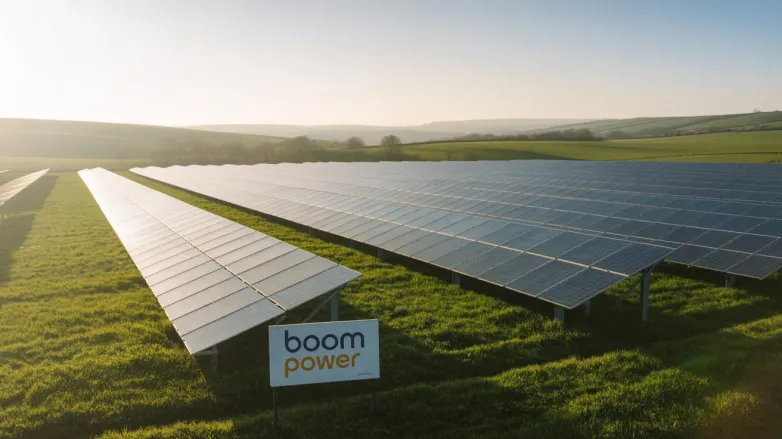Boom Power Secures UK Approval for 400-MW East Yorkshire Solar
- Development consent clears Boom Power’s 400-MW East Yorkshire Solar Farm, set to energise 100,000 homes and strengthen Britain’s low-carbon infrastructure goals.

Boom Power has clinched the green light for its 400-MW East Yorkshire Solar Farm, after the UK secretary of state for Energy Security and Net Zero signed off on the project’s Development Consent Order (DCO). The decision marks the developer’s first Nationally Significant Infrastructure Project to reach construction, positioning the scheme among the largest solar ventures yet approved in Britain.
The photovoltaic park will sprawl across about 900 hectares between Gribthorpe, Spaldington, Wressle and Howden in the East Riding of Yorkshire. Roughly 610,000 bifacial panels will feed electricity into National Grid’s Drax substation, delivering enough clean power for around 100,000 households—equivalent to wiping out more than 170,000 tonnes of CO₂ emissions each year.
Boom Power says construction will create several hundred jobs over a three-year build programme, boosting local supply chains for civil works, logistics and electrical contracting. Once operational, the site will support a permanent workforce for maintenance and environmental stewardship, while a community benefit fund channels revenue into regional upgrades decided by residents.
The DCO journey began in late 2023 and concluded after a year-long public examination that weighed ecological impacts, visual buffers and farmland management. Mitigation plans include extensive hedgerow planting, habitat corridors and soil-health initiatives to ensure the landscape emerges in better shape. Boom Power will also explore pairing the array with large-scale battery storage, providing flexible capacity for the National Electricity Market as coal plants retire.
For Boom Power, which previously co-developed the 350-MW Cleve Hill Solar Park, East Yorkshire demonstrates its ability to shepherd utility-scale renewables through Britain’s stringent planning regime. The company describes the approval as a “pivotal moment” that will help the UK hit its target of 70 GW of solar capacity by 2035 and achieve net-zero emissions by 2050. With consent secured, groundbreaking is expected in early 2026, keeping first power on track for 2029.
Also read


